Home>Furniture>Outdoor Furniture>What To Put Between Patio Pavers
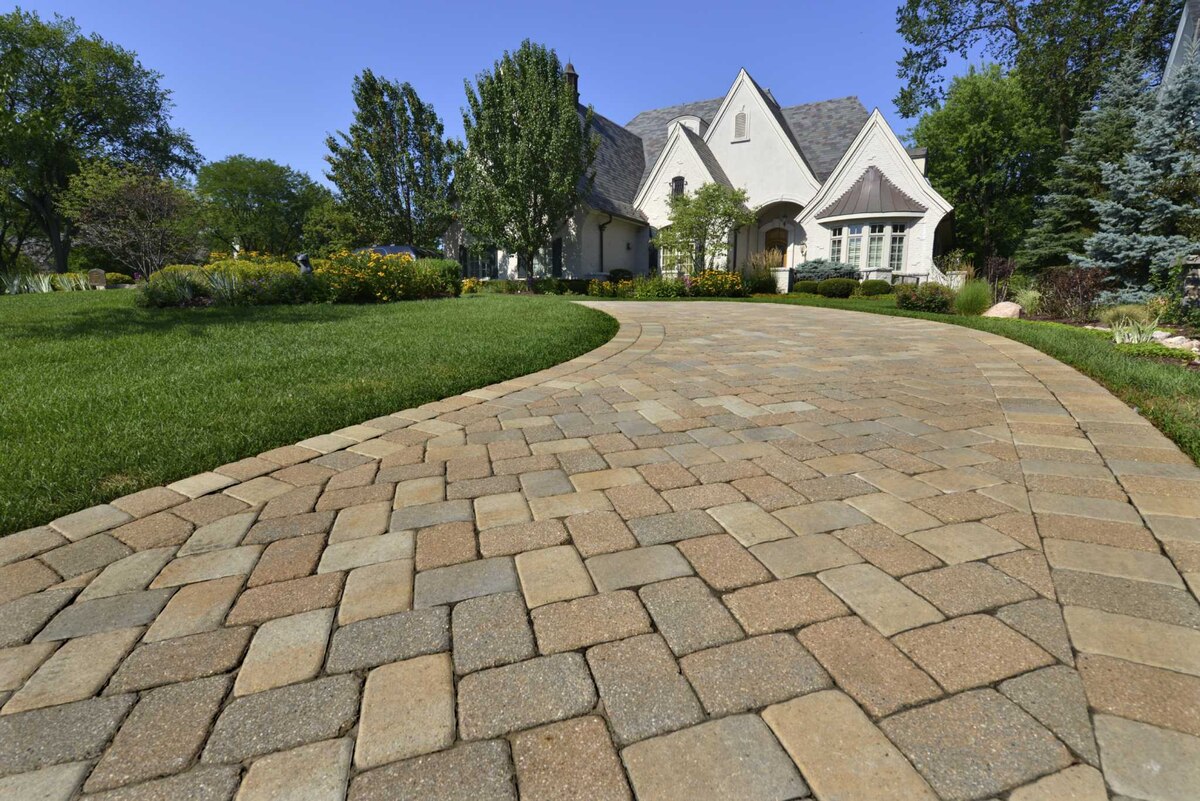

Outdoor Furniture
What To Put Between Patio Pavers
Modified: March 7, 2024
Looking for the perfect outdoor-furniture to place between your patio pavers? Discover our top picks and create a stunning outdoor space.
(Many of the links in this article redirect to a specific reviewed product. Your purchase of these products through affiliate links helps to generate commission for Storables.com, at no extra cost. Learn more)
Introduction
When it comes to creating a beautiful and functional patio or outdoor space, choosing the right material for your patio pavers is crucial. However, it’s equally important to consider what to put between the pavers to ensure stability, durability, and a finished look. In this article, we will explore various options for filling the gaps between patio pavers and discuss their benefits and considerations.
Properly filling the gaps between patio pavers is essential for a few reasons. Firstly, it helps to prevent the shifting and movement of the pavers over time. Without a stable fill material, the pavers can become uneven and pose a tripping hazard. Secondly, filling the gaps enhances the overall aesthetics of the patio by providing a clean and finished look. Lastly, the right fill material can help to control weed growth and keep the pavers in place.
There are several options available for filling the gaps between patio pavers, and each has its own advantages and considerations. Let’s explore some of the most popular choices:
Key Takeaways:
- Choose the right filler material for patio pavers to ensure stability, durability, and a finished look. Consider factors like climate, foot traffic, and maintenance needs for the best results.
- Options like sand, gravel, polymeric sand, stone dust, concrete mix, grass, moss, pea gravel, and rubber mulch offer different benefits and considerations. Consult with a professional to select the most suitable filler for your patio.
Read more: What To Put Between Brick Pavers
Sand or Gravel
One of the most common and cost-effective options for filling the gaps between patio pavers is sand or gravel. Sand is often the go-to choice due to its ease of use and accessibility. It is available in different varieties, such as play sand, masonry sand, or polymeric sand.
Using sand as a filler provides stability to the pavers while allowing for some flexibility. It is easy to install and can be swept into the gaps, ensuring a snug fit. However, it’s important to note that regular sand may require periodic replenishment as it can wash away over time.
Gravel, on the other hand, is a slightly different option that can also be used as a filler between pavers. It offers more stability compared to sand, making it ideal for areas with heavier foot traffic or where heavy furniture will be placed on the patio. However, gravel can be a bit more challenging to install due to the larger size of the particles. It may require a layer of compacted base material underneath for proper stability.
When using sand or gravel as fillers, it’s important to consider factors such as climate and drainage. For example, in regions with heavy rainfall, using a coarse sand or gravel with good drainage properties is crucial to prevent the build-up of water between the pavers. Additionally, adding a geotextile fabric underneath the sand or gravel can help to prevent weed growth and enhance overall stability.
In some cases, it may be beneficial to combine sand and gravel for optimal results. This can be done by using a layer of gravel as a base and topping it off with a layer of sand, providing a sturdy foundation and a smoother surface for the pavers to sit on.
Before choosing sand or gravel as a filler, consider your specific needs and the overall design of your patio. Consulting with a professional or reaching out to a local supplier can help in selecting the most suitable option based on your unique requirements.
Polymeric Sand
Polymeric sand is a popular choice for filling the gaps between patio pavers, particularly for areas with heavy foot traffic or that are prone to weed growth. It is a mixture of sand and polymer additives that, when activated with water, forms a solid and durable joint between the pavers.
The main advantage of using polymeric sand is its superior stability. Once applied and properly activated, it hardens and creates a strong bond that helps to prevent shifting and movement of the pavers. This makes it ideal for high-traffic areas, such as driveways or walkways, where stability is crucial.
In addition to stability, polymeric sand offers other benefits as well. It helps to deter weed growth by inhibiting the germination and growth of seeds in the joints. This saves time and effort in weed maintenance, as less weeding is required. Furthermore, polymeric sand is resistant to erosion and can withstand various weather conditions, making it a long-lasting option for filling the gaps between pavers.
When using polymeric sand, it’s important to follow the manufacturer’s instructions carefully. The process typically involves first ensuring that the paver joints are clean and clear of debris. Next, the sand is spread over the pavers, and excess sand is swept away. The final step is activating the sand with water and allowing it to dry. The polymer additives in the sand react with water, creating a solid joint that hardens over time.
It’s worth noting that polymeric sand can be a bit more expensive compared to traditional sand or gravel options. However, the added benefits of stability, weed control, and durability often make it a worthwhile investment.
Before using polymeric sand, consider the specific requirements of your project and consult with a professional or supplier to ensure it is the right choice for your patio. They can provide guidance on the best brand and type of polymeric sand based on the expected usage and climatic conditions in your area.
Stone Dust
Stone dust is a finely crushed material that is commonly used as a filler between patio pavers. It is made by grinding down rocks and stones into a fine particle size, similar to sand, but with a slightly rougher texture.
One of the main advantages of using stone dust as a filler is its ability to compact well. When properly compacted, it creates a solid base that helps to stabilize the pavers and prevent shifting or movement. This makes it a suitable option for areas with moderate foot traffic.
In addition to stability, stone dust also offers good drainage properties. Its porous nature allows water to flow through it, minimizing the buildup of water between the pavers. This helps to prevent issues such as waterlogging and frost damage.
Another benefit of stone dust is its natural appearance. It blends well with the pavers and creates a cohesive and seamless look. Additionally, stone dust can help to deter weed growth, as its denseness makes it difficult for weeds to penetrate through.
When using stone dust, it’s important to ensure proper installation. This typically involves excavating the desired area and creating a solid base using crushed stone or gravel. The stone dust is then spread evenly over the base and compacted with a vibrating plate compactor or a hand tamper.
While stone dust offers many advantages, it is important to note that it can be dustier than other fill options. To mitigate this, consider using a dust control additive or misting the area with water during installation to minimize airborne particles.
Before using stone dust as a filler between your patio pavers, consider the specific needs of your project and consult with a professional or supplier for guidance. They can provide recommendations on the proper depth of stone dust and any additional measures required for optimal stability.
Concrete Mix
Concrete mix is a durable and long-lasting option for filling the gaps between patio pavers. It is a mixture of cement, sand, and gravel, which, when mixed with water, creates a strong and solid compound that binds the pavers together.
When using concrete mix as a filler, it provides exceptional stability and prevents the movement or shifting of the pavers. This makes it a suitable choice for areas with heavy foot traffic or for larger patio projects where stability is critical.
In addition to stability, concrete mix offers a smooth and finished look to the patio. It can be poured into the gaps between the pavers and then tamped down to create a level and cohesive surface. This creates a seamless appearance and eliminates the need for regular maintenance or re-filling of gaps.
Concrete mix also has the advantage of being resistant to weather conditions and erosion. It can withstand heavy rainfall, extreme temperatures, and even freezing and thawing cycles without compromising its structural integrity.
It’s important to note that using concrete mix as a filler requires careful planning and execution. The mix needs to be properly prepared and poured into the gaps, ensuring that it fully fills the spaces without overflowing onto the surface of the pavers.
Another consideration when using concrete mix is that it can be more challenging to remove or replace compared to other fill options. Once it has hardened, removing concrete mix can be labor-intensive and may require professional assistance.
Before using concrete mix as a filler between your patio pavers, consider the specific requirements of your project. Consulting with a professional or reaching out to a local supplier can help in determining the appropriate mix proportions and techniques for the best results.
Overall, concrete mix provides excellent stability, durability, and a polished look to your patio, making it a reliable choice for long-lasting outdoor spaces.
Use polymeric sand to fill the gaps between patio pavers. This special sand hardens when water is added, creating a strong bond and preventing weeds from growing between the pavers.
Read more: What To Put Between Patio Stones
Grass or Moss
For those looking to create a more organic and natural look between patio pavers, grass or moss can be a unique and attractive option. Instead of filling the gaps with traditional materials, this alternative approach allows you to incorporate living elements into your outdoor space.
Using grass or moss as a filler between pavers not only adds a touch of greenery but also provides a softer and more inviting feel underfoot. It creates a seamless transition between the paved areas and the surrounding landscape, blurring the lines between the built environment and nature.
Before opting for grass or moss as a filler, it’s important to consider the specific conditions of your patio. These living fillers require specific growing conditions to thrive, including adequate sunlight, moisture, and proper drainage.
If you decide to use grass, consider selecting a low-growing grass variety that can withstand foot traffic and mowing heights. Additionally, you may need to install a grid or a permeable membrane underneath the grass to provide stability and prevent weed growth.
Moss, on the other hand, thrives in shaded and moist environments. It requires minimal maintenance and provides a lush and soothing appearance to your patio. However, moss may not be suitable for areas that receive heavy foot traffic as it is delicate and easily damaged.
When using grass or moss as fillers, it’s essential to establish a proper establishment and maintenance routine. This may involve regularly watering, fertilizing, and ensuring that any weeds or unwanted plants are removed.
Keep in mind that using grass or moss as fillers may require more ongoing maintenance compared to traditional options. You will need to devote time and effort to trim, mow, and care for the living elements. However, many find the natural beauty and unique aesthetic that grass or moss provides to be worth the additional maintenance.
Before implementing grass or moss as fillers, it’s advisable to consult with a landscaping professional to ensure that the conditions are suitable for growth and to receive guidance on maintenance practices.
Using grass or moss as fillers between your patio pavers can create a stunning and eco-friendly outdoor space that seamlessly blends with nature.
Pea Gravel
Pea gravel is a popular choice for filling the gaps between patio pavers, offering a natural and decorative look. It consists of small, rounded stones that are typically between 1/8 to 3/8 inches in size.
One of the main advantages of using pea gravel as a filler is its versatility. It can be easily poured into the gaps, allowing for a seamless and customizable appearance. The smooth and rounded stones create a visually appealing texture that adds depth and character to your patio.
Pea gravel also provides stability to the pavers, preventing shifting and movement. The compact nature of the stones allows for good drainage, reducing the risk of water pooling between the pavers. This makes it suitable for areas with moderate foot traffic.
Another benefit of pea gravel is its low-maintenance nature. Unlike organic fillers, such as grass or moss, it does not require ongoing care or maintenance. Additionally, pea gravel is resistant to weather conditions, making it a durable option that can withstand the elements.
When working with pea gravel, it’s important to install a sturdy base layer, such as crushed stone or sand, to provide stability and prevent the stones from sinking. It’s also recommended to edge the patio area to keep the gravel contained and prevent it from spilling onto surrounding surfaces.
One consideration when using pea gravel as a filler is its potential to shift or scatter over time, especially in high-traffic areas. To mitigate this, adding a binding agent, such as liquid binding resin or polymeric sand, can help to enhance stability and minimize displacement.
Before using pea gravel as a filler between your patio pavers, consider the overall design and function of your outdoor space. Pea gravel works well in a variety of styles, from rustic to contemporary, and can be used alongside other materials like concrete or natural stone for added visual interest.
Consulting with a professional or supplier can help in determining the correct amount of pea gravel needed for your project and provide guidance on installation techniques for the best results.
Pea gravel offers a decorative and low-maintenance solution for filling the gaps between patio pavers, adding charm and texture to your outdoor living area.
Rubber Mulch
Rubber mulch is a unique and eco-friendly option for filling the gaps between patio pavers. Made from recycled rubber, typically from tires, it offers a range of benefits and uses in outdoor spaces.
One of the main advantages of using rubber mulch as a filler is its durability. It is resistant to weather conditions, including UV rays and moisture, making it a long-lasting option for outdoor areas. Rubber mulch does not decompose or break down over time, ensuring that the gaps between pavers remain filled and stable.
Another benefit of rubber mulch is its versatility. It comes in various colors, allowing you to customize the appearance of your patio. Whether you prefer a natural look or want to add a pop of color, rubber mulch can be an attractive and eye-catching filler option.
Rubber mulch also provides excellent shock-absorption, making it a safe choice for areas where falls may occur, such as playgrounds or pool surrounds. It offers cushioning and reduces the risk of injuries, making it an ideal option for families with children or pets.
In addition to its safety features, rubber mulch is considered a low-maintenance option. It does not require watering, fertilizing, or regular replacement, unlike organic fillers. This makes it a convenient and hassle-free choice for busy homeowners.
When using rubber mulch as a filler, it’s important to note that it may retain heat in hotter climates. For areas where direct sunlight exposure is a concern, selecting lighter-colored mulch or using it in shaded areas can help to mitigate the heat absorption.
Before using rubber mulch as a filler between your patio pavers, make sure to prepare the base properly. Remove any weeds or debris, level the surface, and ensure adequate drainage to avoid water pooling. It’s also recommended to use an edging material to keep the rubber mulch contained within the patio area.
Consulting with a professional or supplier can provide you with guidance on the amount of rubber mulch needed and tips for proper installation to ensure the best results.
Rubber mulch offers a durable, customizable, and low-maintenance solution for filling the gaps between patio pavers, enhancing the aesthetics and functionality of your outdoor living space.
Conclusion
Choosing the right material to fill the gaps between patio pavers is essential for creating a stable, durable, and visually appealing outdoor space. With various options available, each with its own advantages and considerations, it’s important to make an informed decision based on your specific needs and preferences.
Traditional options like sand or gravel offer ease of installation and affordability, while providing stability and a natural look. Polymeric sand provides enhanced stability, weed control, and resistance to erosion, making it suitable for high-traffic areas. Stone dust offers compactness and good drainage, ideal for areas with moderate foot traffic.
For a more organic and natural look, grass or moss as fillers can enhance the aesthetics and create a seamless transition with the surrounding landscape. Pea gravel adds texture and customization options, while rubber mulch offers durability, safety, and ease of maintenance.
When selecting the right filler, consider factors such as climate, foot traffic, aesthetic preferences, and long-term maintenance requirements. Consulting with a professional or supplier can provide invaluable guidance and ensure that you choose the most suitable option for your patio.
Remember, the choice of filler material should not only provide functionality but also complement the overall design of your outdoor space. The right filler will not only enhance the stability and durability of the pavers but also contribute to the overall beauty and enjoyment of your patio.
By carefully considering the options available and weighing the pros and cons of each, you can make an informed decision that will result in a stunning and long-lasting patio that you can enjoy for years to come.
Frequently Asked Questions about What To Put Between Patio Pavers
Was this page helpful?
At Storables.com, we guarantee accurate and reliable information. Our content, validated by Expert Board Contributors, is crafted following stringent Editorial Policies. We're committed to providing you with well-researched, expert-backed insights for all your informational needs.
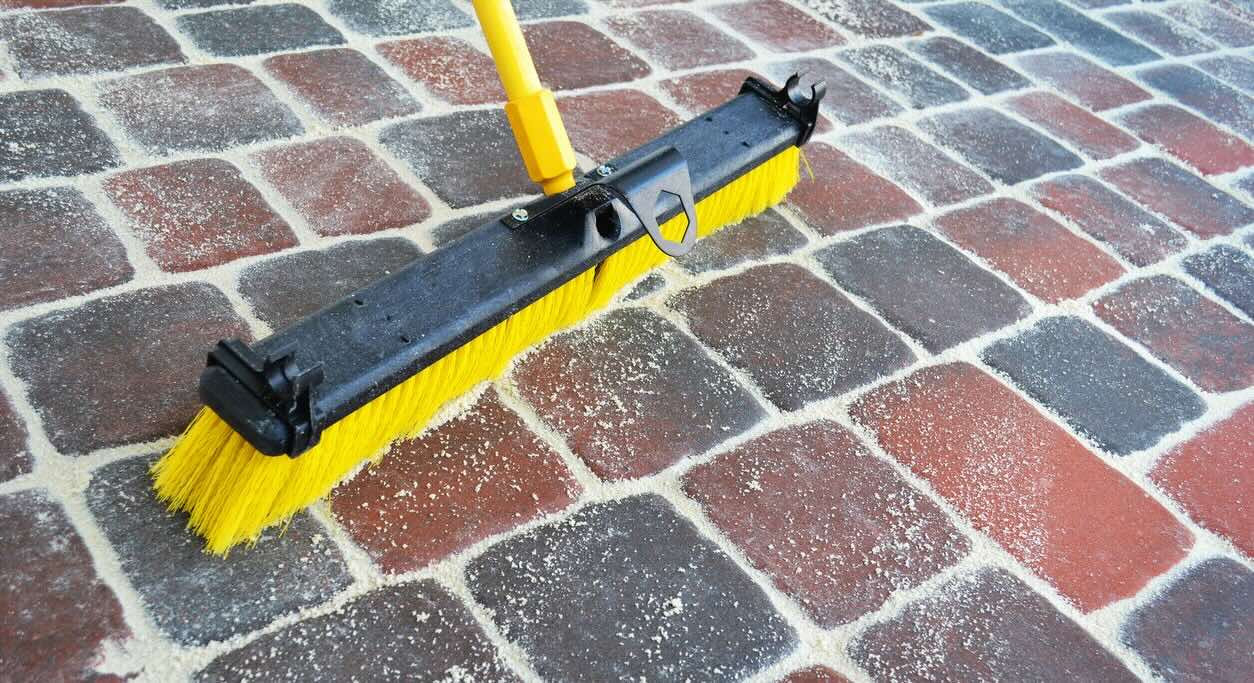
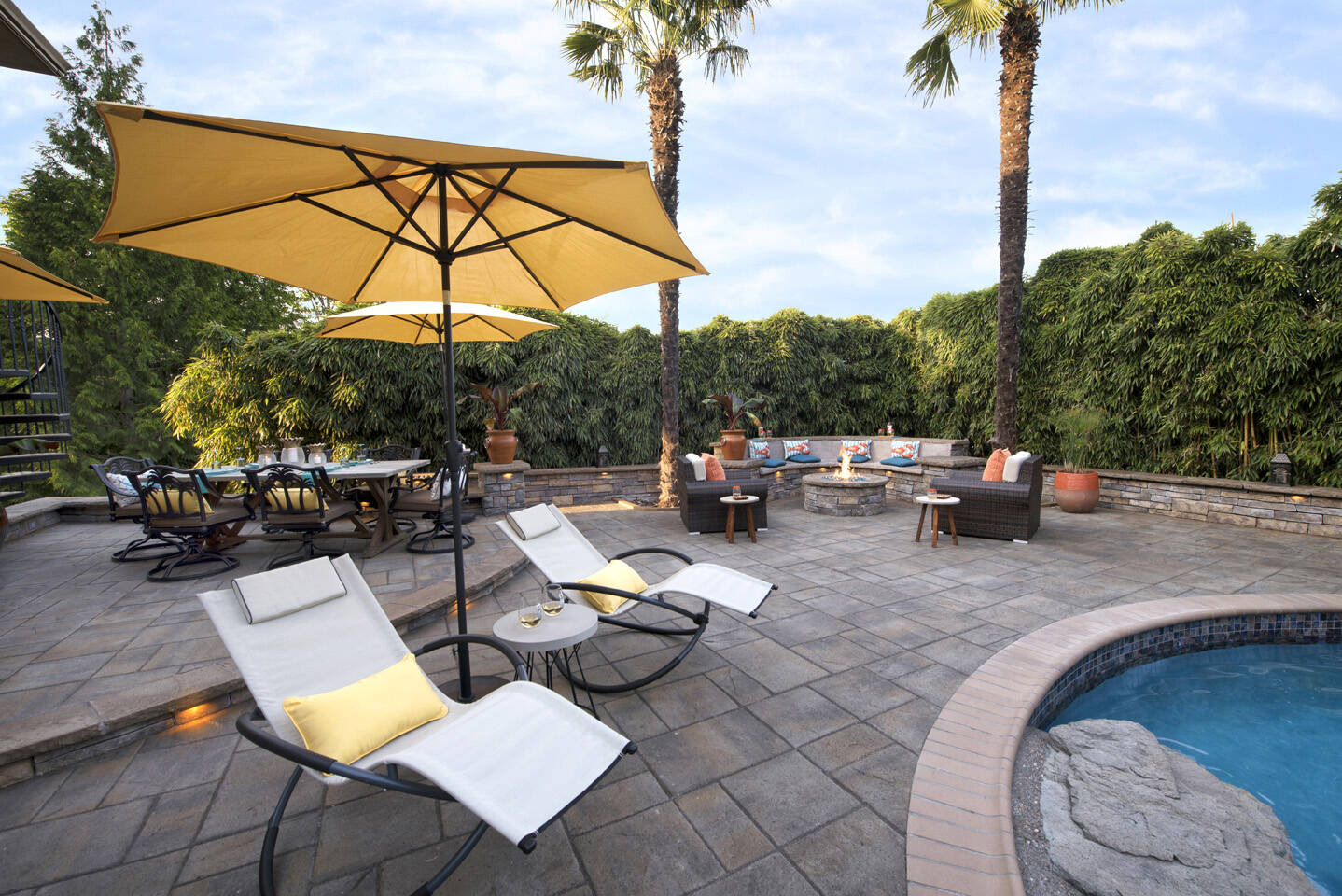
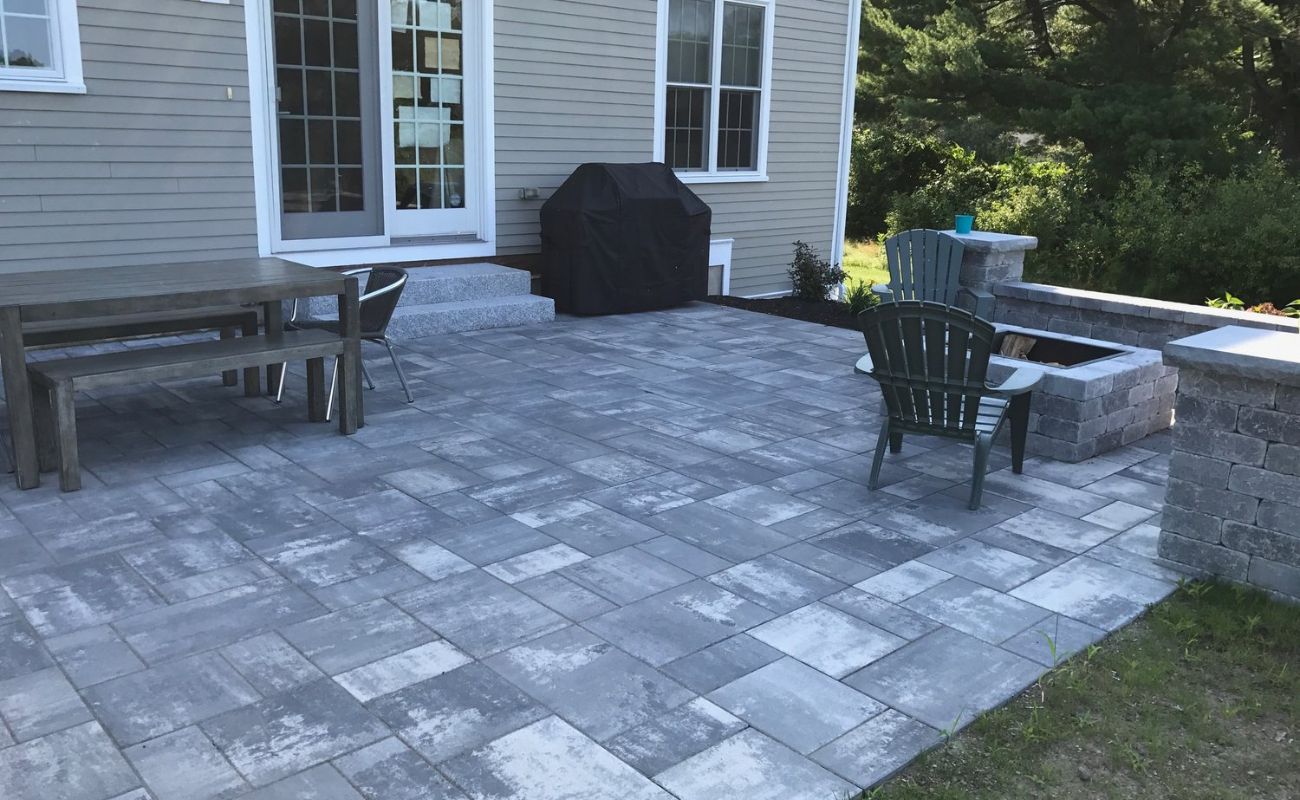
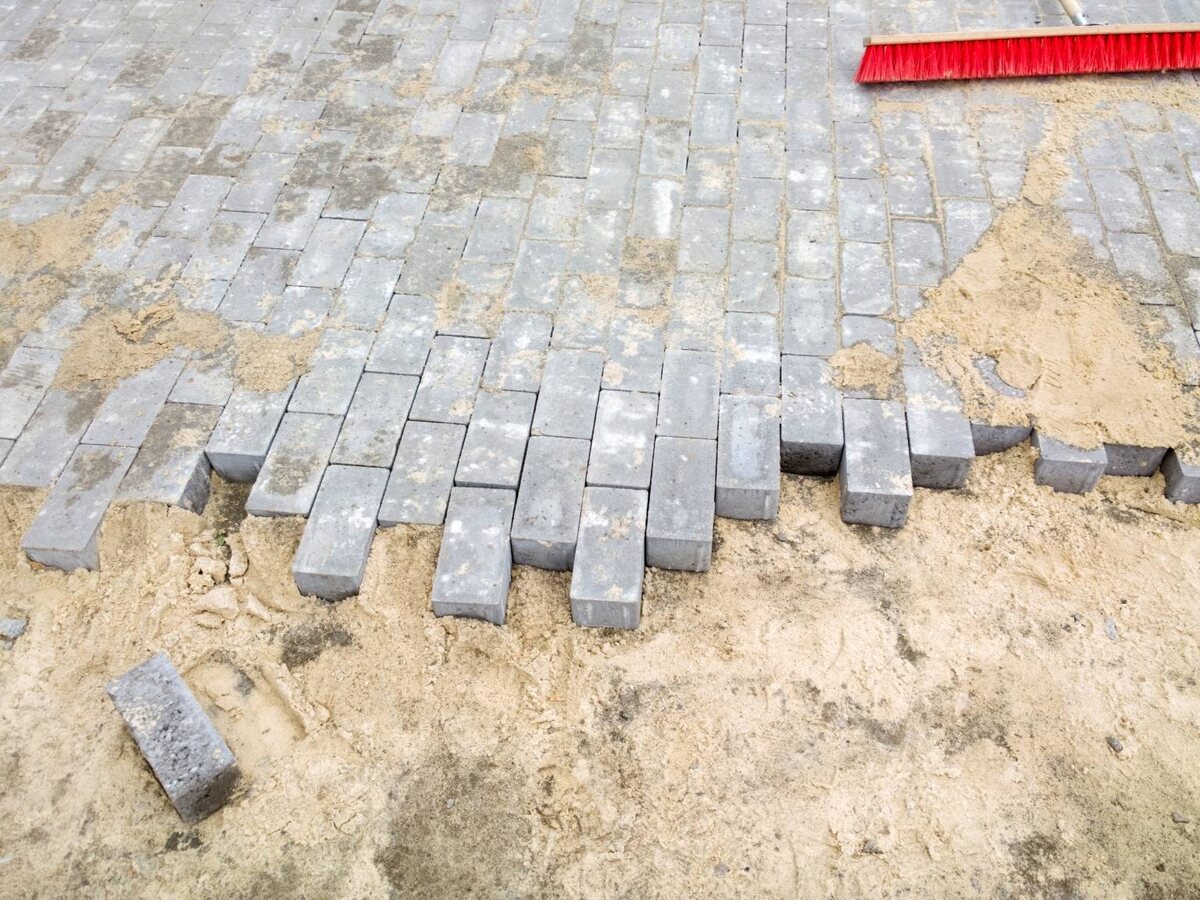
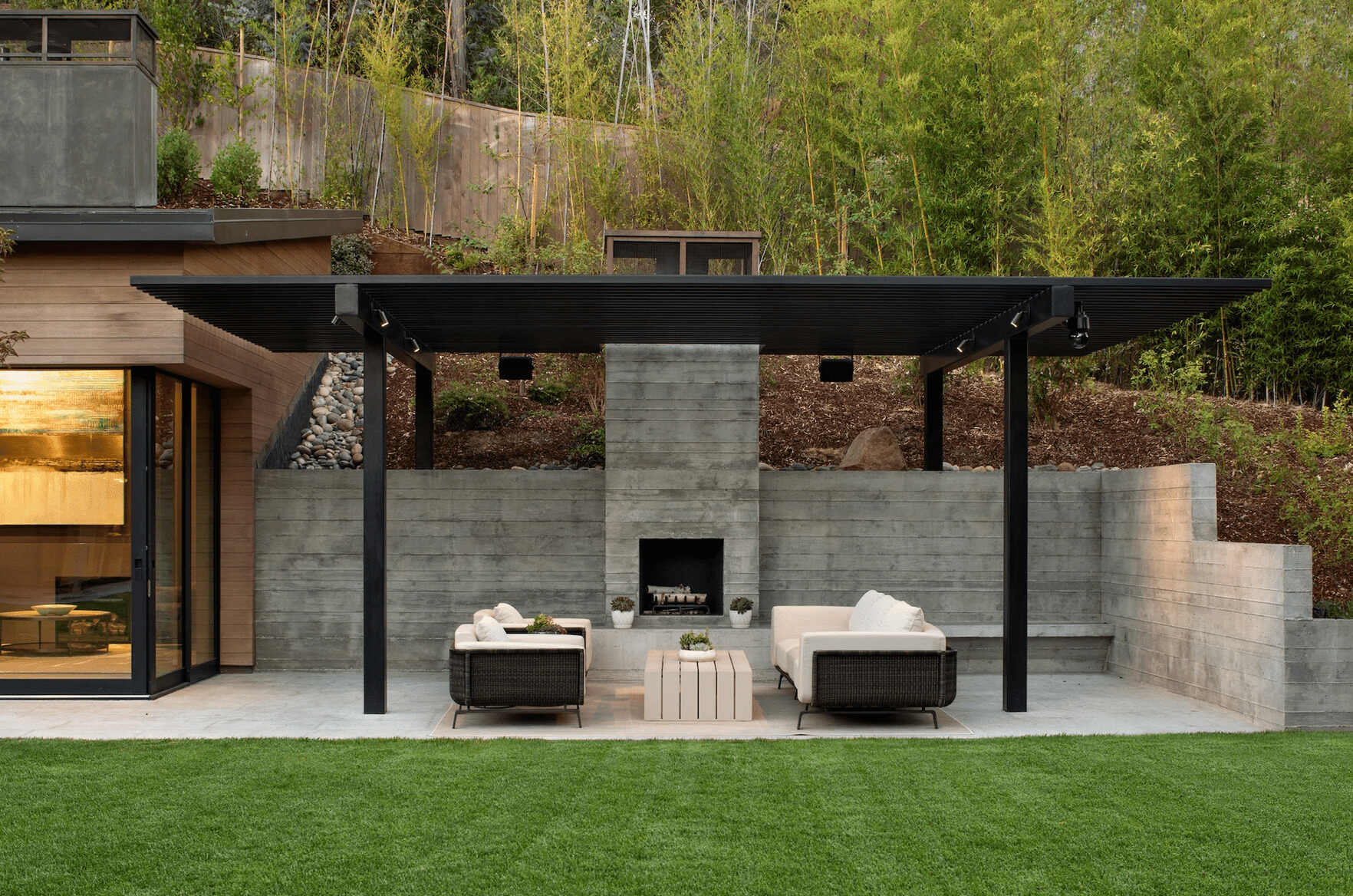
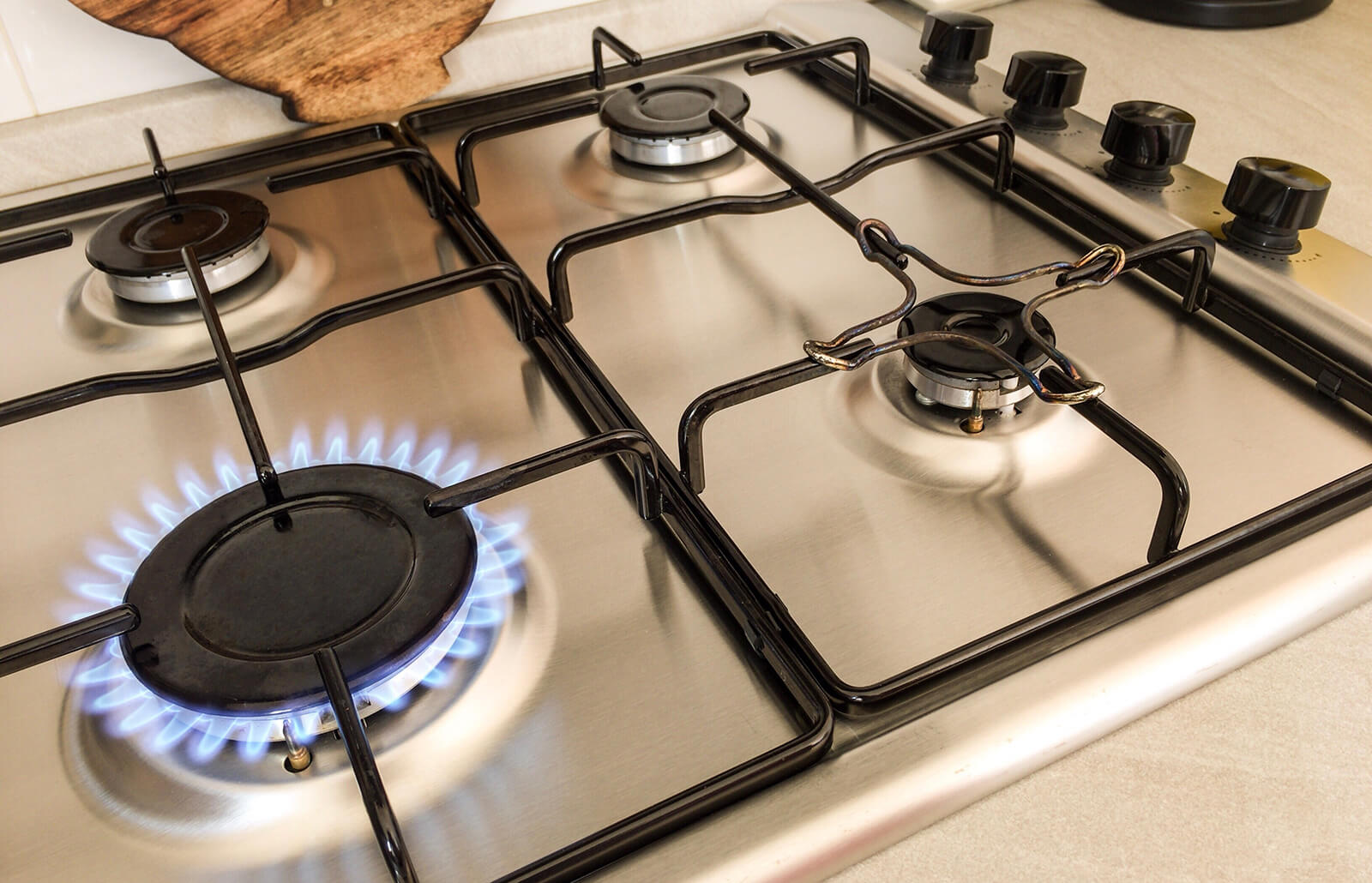
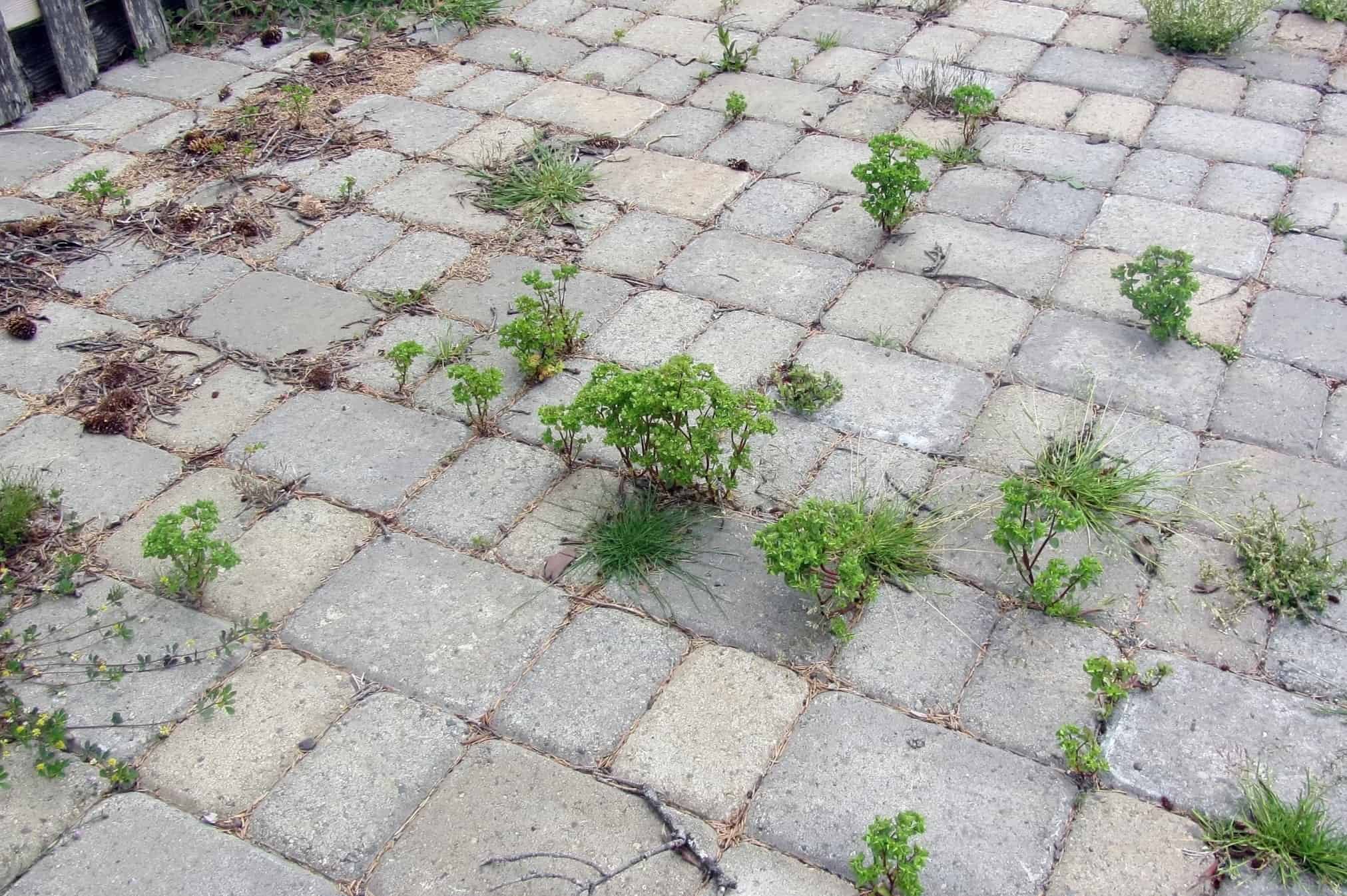

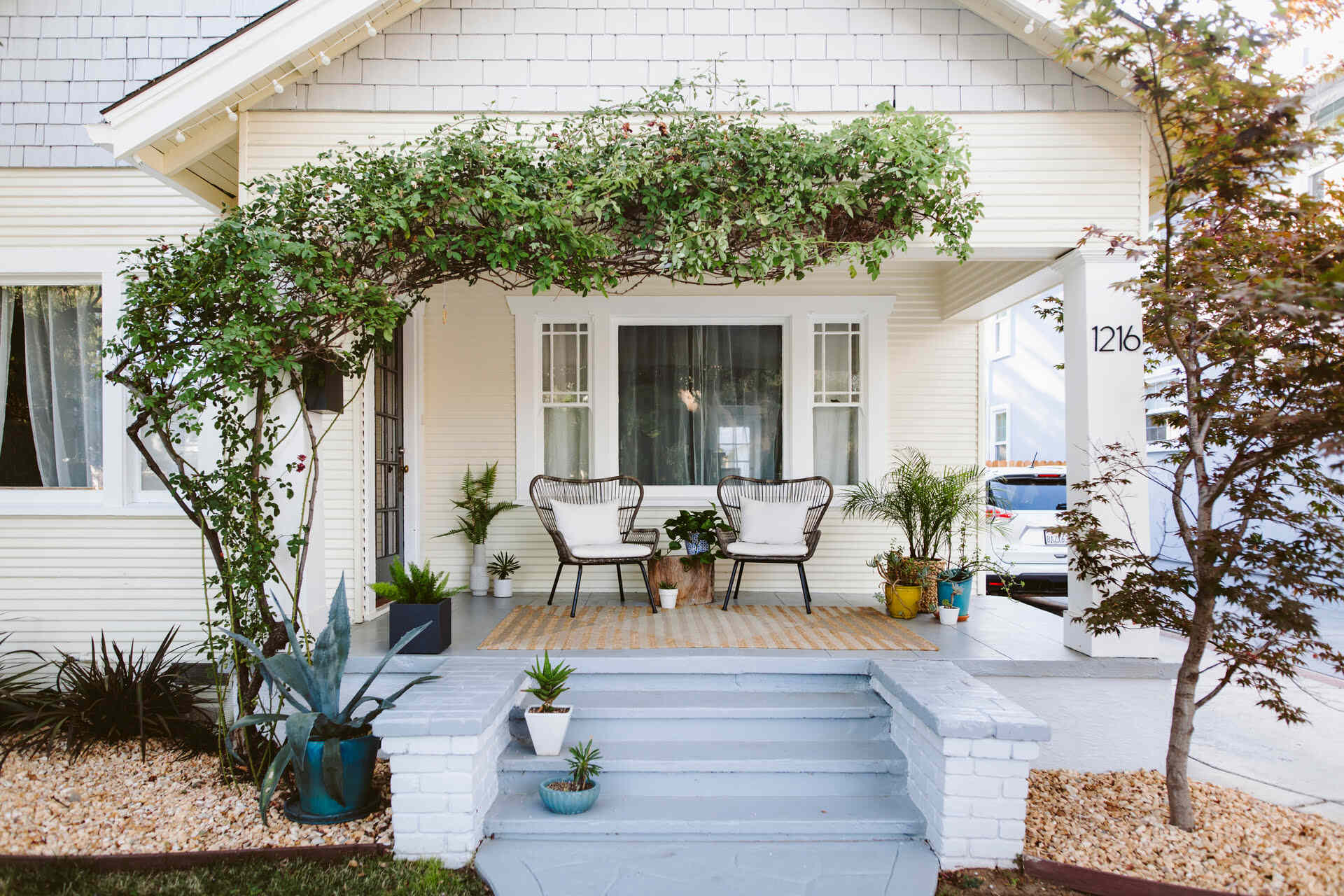

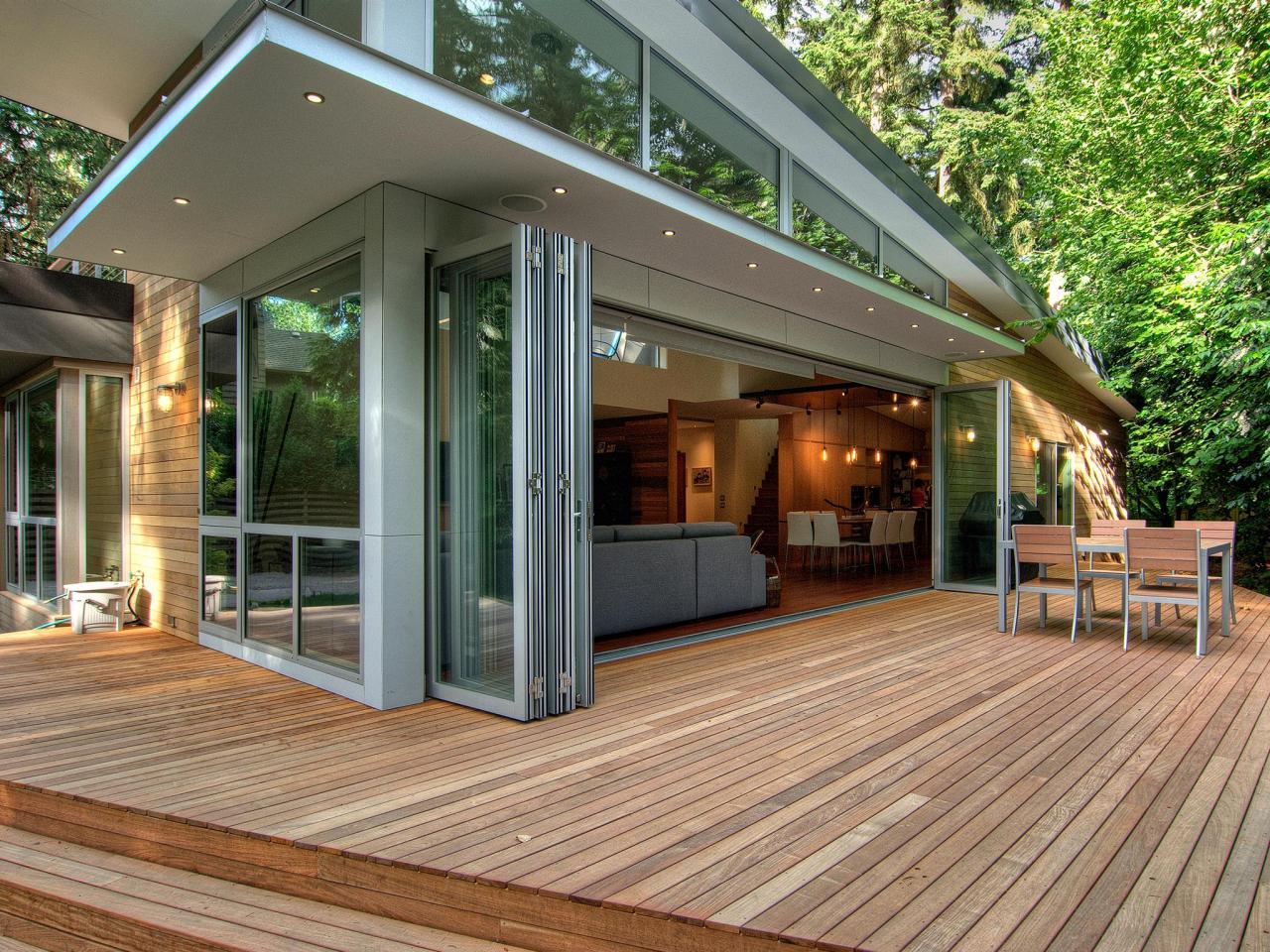
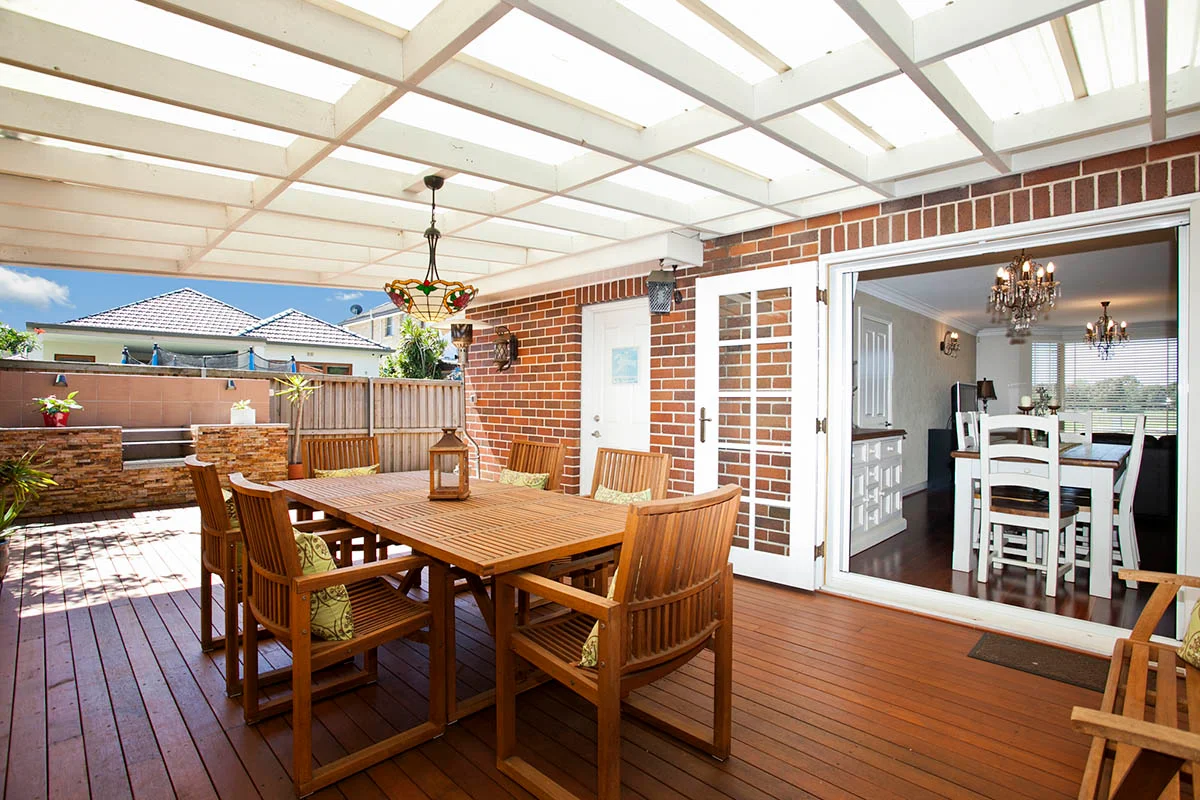

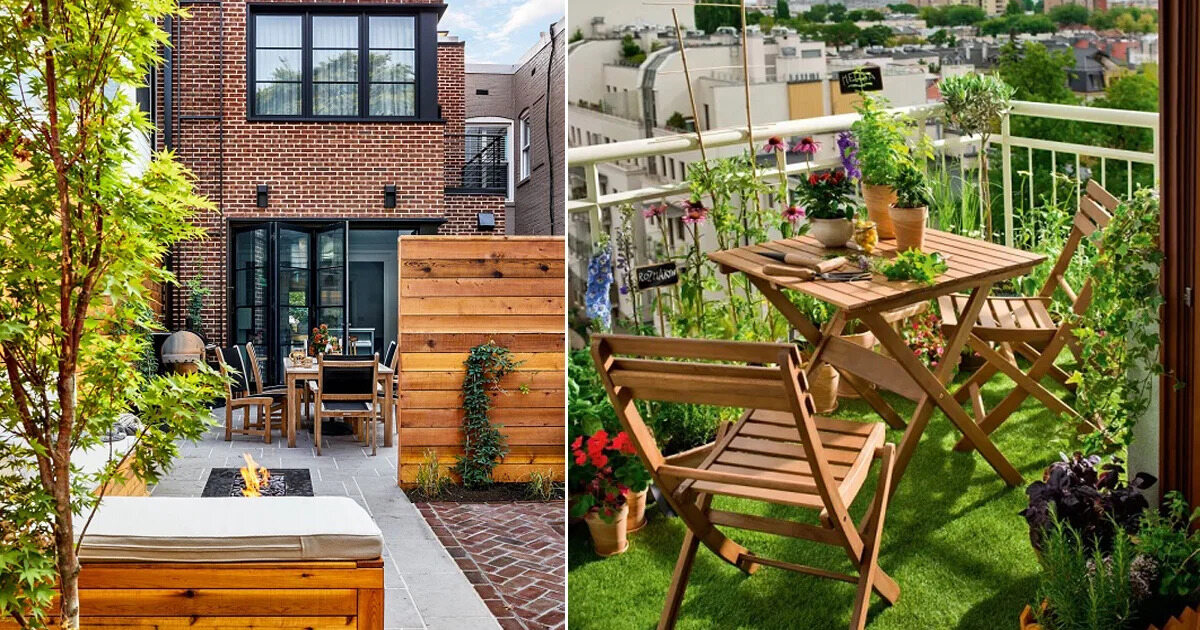

0 thoughts on “What To Put Between Patio Pavers”